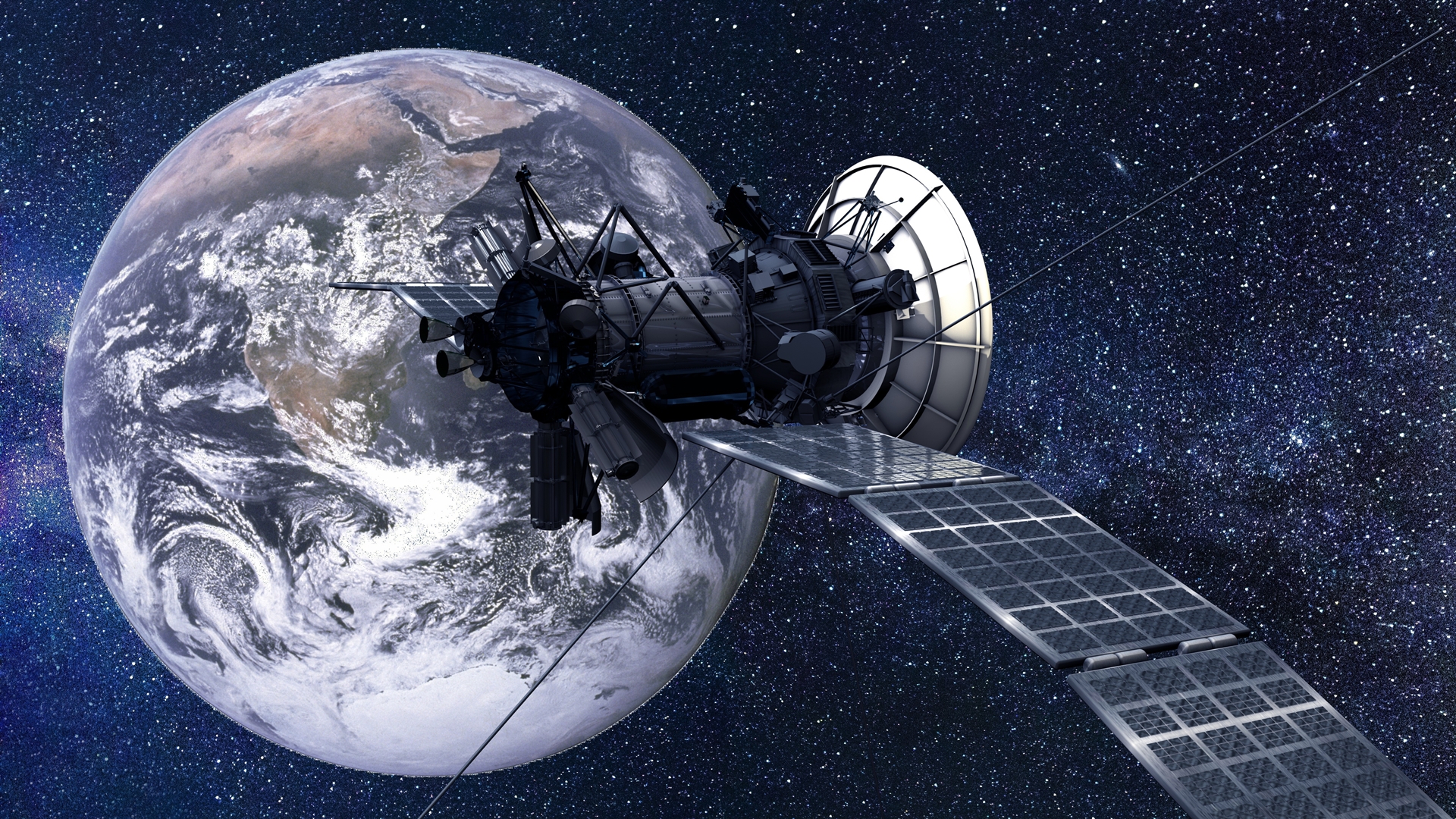- Two satellites passed within 20m of each other on Wednesday morning.
- There have been six of these near impacts in the last two years highlighting the growing problem of an overcrowded orbit.
- Had the two satellites collided, there would be 50 percent more junk orbiting our planet.
A US and Russian satellite passed within sniffing distance of each other on Wednesday morning.
The US satellite is NASA’s Thermosphere Ionosphere Mesosphere Energetics and Dynamics which is currently operational while the Russian Cosmos 2221 is a retired spy satellite that is reportedly no longer functional.
Neither satellite is capable of being maneuvered and as such, astronomers could do little but watch as the spacecraft zoomed within 20m of each other. Given that the two satellites are orbiting the Earth, they will meet again but this was and will be their closest meeting for the foreseeable future.
“While the two non-maneuverable satellites will approach each other again, this was their closest pass in the current predicted orbit determinations, as they are gradually moving apart in altitude,” NASA reported.
Near impacts such as these are rather uncommon with LeoLabs stating on X that there have only been six events with a miss distance of less than 20m.
“Our analysis indicates that a collision would’ve resulted in ~2,000 to 7,000 catalogued fragments. This number is derived from analyzing the total mass, spacecraft construction, relative velocity, and encounter geometry,” the company wrote.
Had these two satellites collided there would be 50 percent more junk in space today.
This near collision highlights a growing problem with space junk. LeoLabs operates a Low Earth Orbit Visualisation tool on its website and our orbit is packed with satellites and other junk. The approximate velocity of these objects is 27 000kmph so when two objects collide, the collision can shatter satellites weighing several tons into tiny pieces. This debris poses a massive risk to other satellites and the International Space Station.
A Russian operation in 2021 led to a field of debris coming close to the International Space Station. The debris was the result of a Russian operation in which the nation shot down one of its satellites. The resulting shrapnel forced crew about the International Space Station to take shelter. Thankfully no damage was sustained.
With firms like SpaceX and other telecommunication firms constantly launching satellites into orbit, things are getting rather crowded above us and before long we may have fewer near collisions and more direct impacts.

